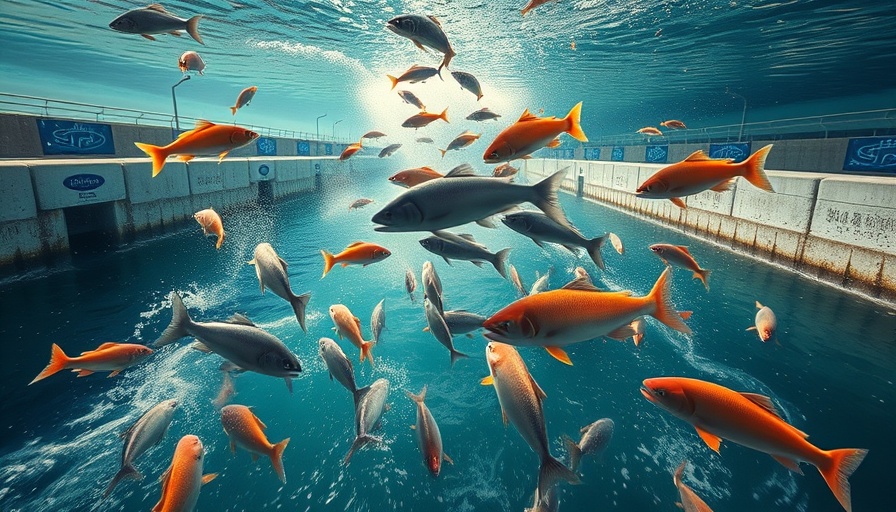
Understanding the Impact of Lighting and Feeding on Pullet Growth
The proper management of lighting and feeding during rearing is crucial for optimizing the growth and development of Hy-Line Brown pullets. Recent research illustrates how different regimes can shape critical factors like body weight (BW) and feed intake (FI), ultimately affecting the birds’ age at sexual maturity and subsequent egg production.
Lighting Regimen: A Key Factor for Success
The study evaluated two lighting programs: standard lighting (SL) and rapid light reduction (RLR). The findings indicate that birds exposed to SL exhibited significant advantages in growth and feed consumption compared to their RLR counterparts. Moreover, early exposure to adequate lighting supports a more robust development of the reproductive tract and enhances breast muscle scores, which are indicative of overall health and productivity.
Feeding Strategies for Optimal Growth
Feeding strategies further influence these outcomes. The research differentiated between ad libitum feeding, feeding to breed standard weight (BSW), and managed feeding at 88% BSW. Results showed that hens given ad libitum feed during rearing not only grew heavier but also started laying eggs earlier than those managed under more restrictive feeding protocols. This highlights the importance of ensuring that pullets receive adequate nourishment to promote timely maturation.
The Road Ahead for Egg Production
The continuation of this study will assess the long-term effects of rearing conditions on production, egg quality, and hen health up to 100 weeks of age. Professionals in the poultry industry should prioritize implementing findings from such studies to refine management practices, ensuring efficiency and welfare in operations. The effective combination of lighting and feeding regimens can lead to sustainable improvements in poultry farming.
 Add Row
Add Row  Add Element
Add Element 



 Add Row
Add Row  Add
Add 
Write A Comment